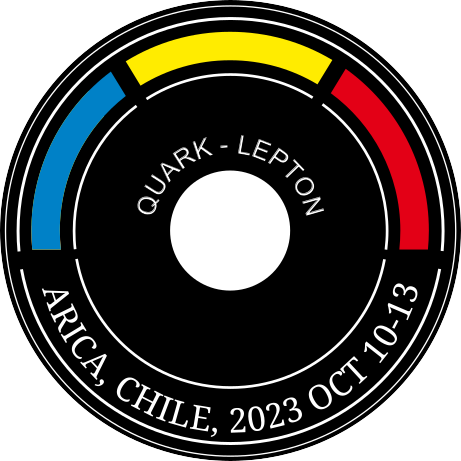Speaker
Description
The MATHUSLA experiment is a proposed large-volume detector for long lived particles (LLPs) produced at the CERN HL-LHC. The detector would be sited on the surface adjacent to the CMS interaction region, shielded from the LHC by approximately 100m of rock. Non-interacting LLPs which penetrate this rock and decay within the MATHUSLA instrumented volume would be reconstructed via their decays into standard model charged particles. Sensitivity in the benchmark model of $H \to \chi \bar{\chi}$ is expected to be $\sim3$ orders of magnitude better than the main LHC experiments. Arrays of plastic scintillator bars will provide tracking information for LLP decay vertex reconstruction, directionality, and vetoing of backgrounds both from cosmic rays and LHC sources. This presentation will discuss the physics motivation, detector concept and the expected physics sensitivity, as well as describe ongoing detector research and development activities related to the Conceptual Design Report for the MATHUSLA experiment.
Details
Steven Robertson
| Is this abstract from experiment? | Yes |
|---|---|
| Name of experiment and experimental site | MATHUSLA / CERN |
| Is the speaker for that presentation defined? | Yes |
| Internet talk | No |
